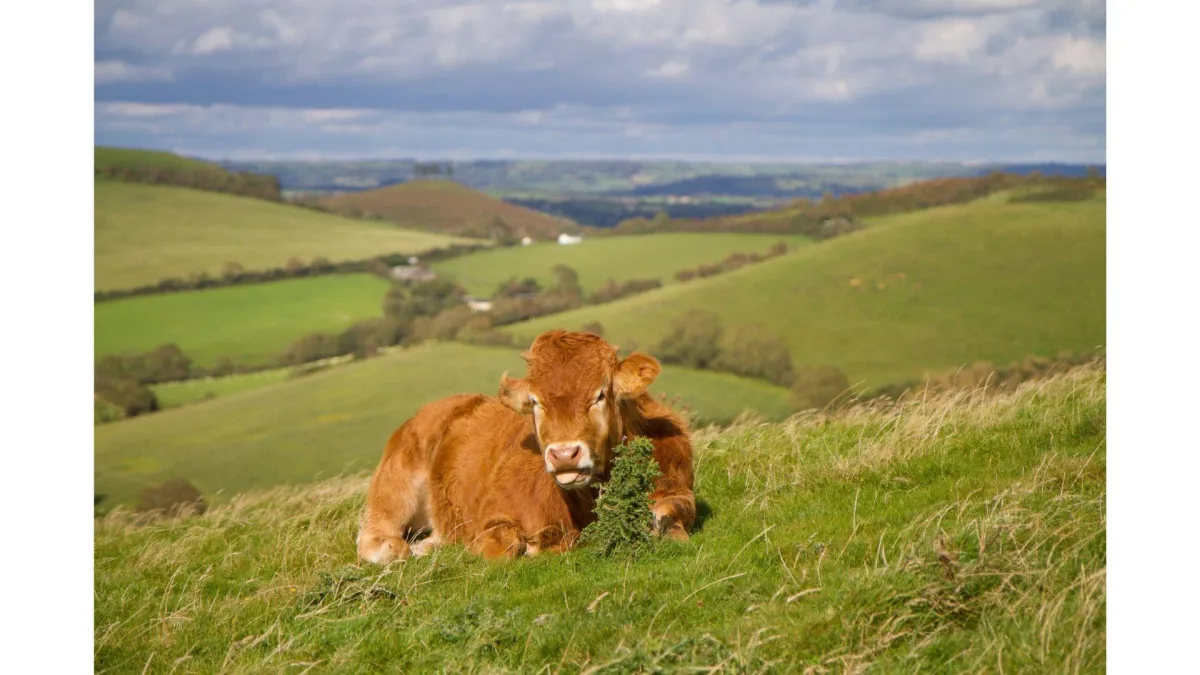
Metabolic Diseases - Hypomagnesaemia
Hypomagnesaemia (or grass staggers) in cows:
Hypomagnesaemia is relatively common in cows in heavy lactation and on lush pasture (inadequate energy intake and low magnesium content).
Basically, the underlying cause is low magnesium intake, but low body condition, changeable bad weather, yarding and transportation all predispose.
Another contributing factor is the autumn/late winter application of nitrogen and potassium, which can interfere with magnesium absorption in the animal’s digestive system.
Often the only sign is sudden death.
Sometimes signs develop before death - increased nervousness, body tremor, walking with stiff legs, collapse with paddling and the head held back.
In dairy cows, it’s common for a mild form of the condition to develop. The only signs are lowered milk production, weight loss and increased nervousness, which may make the cow seem ‘difficult’ to milk.
It’s not unusual for affected cows to be extremely aggressive - so take care!
Hypomagnesaemia in ewes
Hypomagnesaemia causes occasional deaths in lactating ewes on lush pasture, although it can occur in dry sheep as well.
It sometimes causes dramatic signs such as body tremors, walking with stiff legs, collapse with paddling and the head held back.
Usually, ewes are just found dead, on their sides with scuff marks on the ground where they have been kicking.
The early signs can be subtle, with an increase in nervousness that can be easily overlooked or misinterpreted. The nervousness can lead to mismothering lambs.
Blood tests, which can be arranged by your vet, will tell when blood concentrations are getting low.
Treatment
Urgent treatment is vital for cows and ewes.
Treatment means the injection of magnesium solutions, preferably by a veterinarian.
Prevention
In cows and ewes, prevention includes providing shelter from bad weather and dusting pasture or hay with magnesium oxide powder or calcined magnesite.
Dusted pasture may not be very palatable, and if the powder is applied too liberally the stock may go hungry to avoid it. This can precipitate acetonaemia.
Wear a mask when applying the dust.
Want to know more about keeping and breeding livestock?
Our online courses oncattle breeding andsheep breeding cover everything from preparing for mating to managing pregnancy, recognising problems, and caring for newborns.

